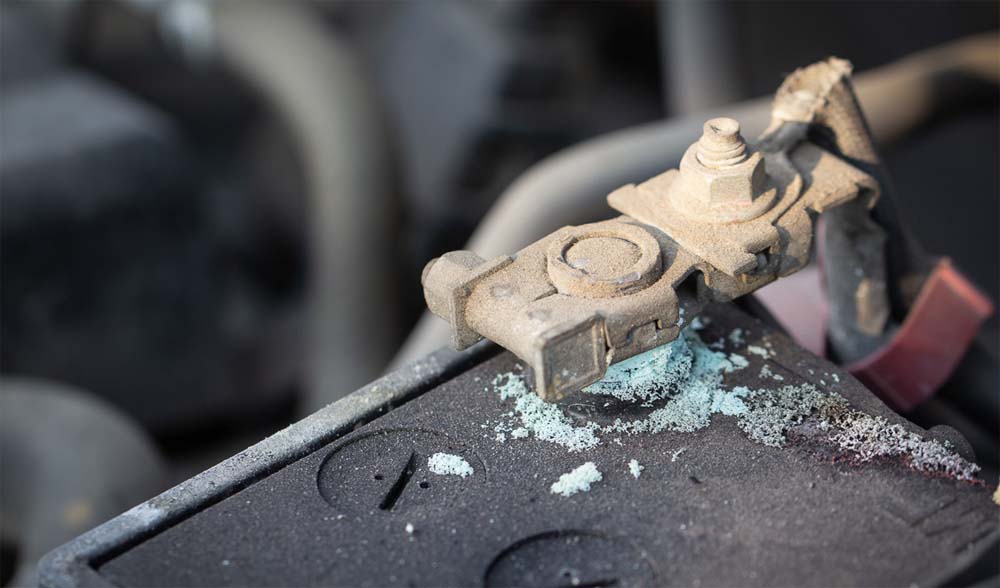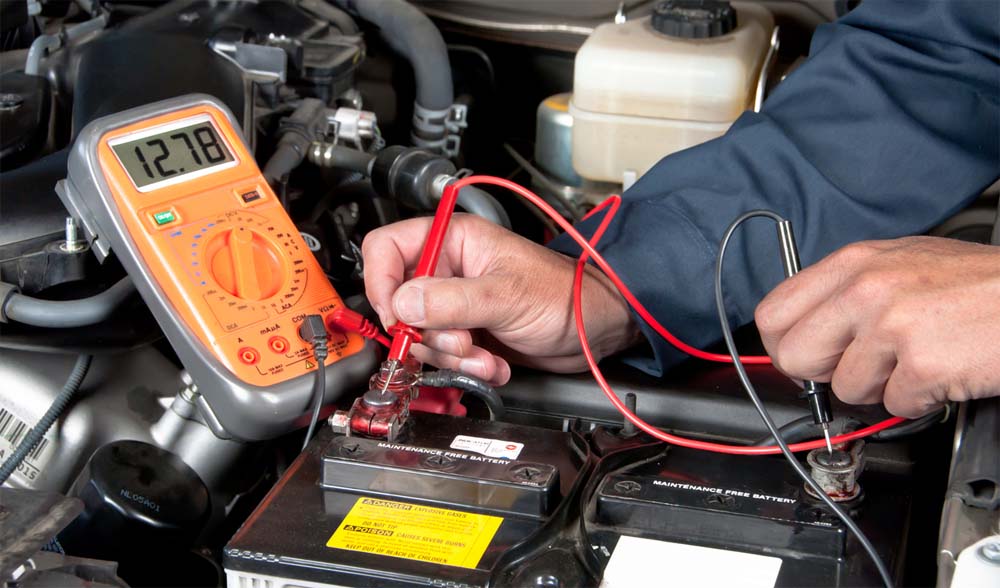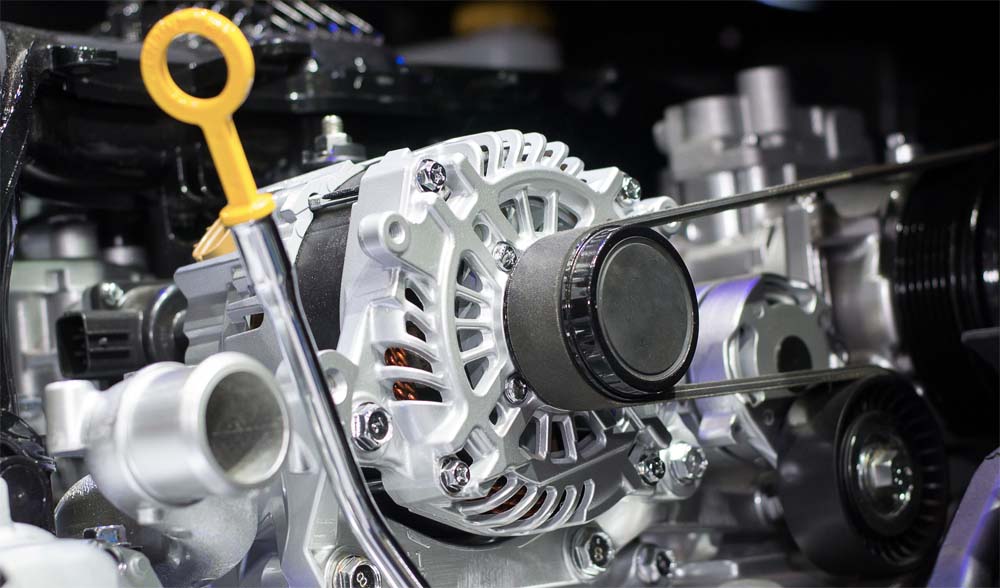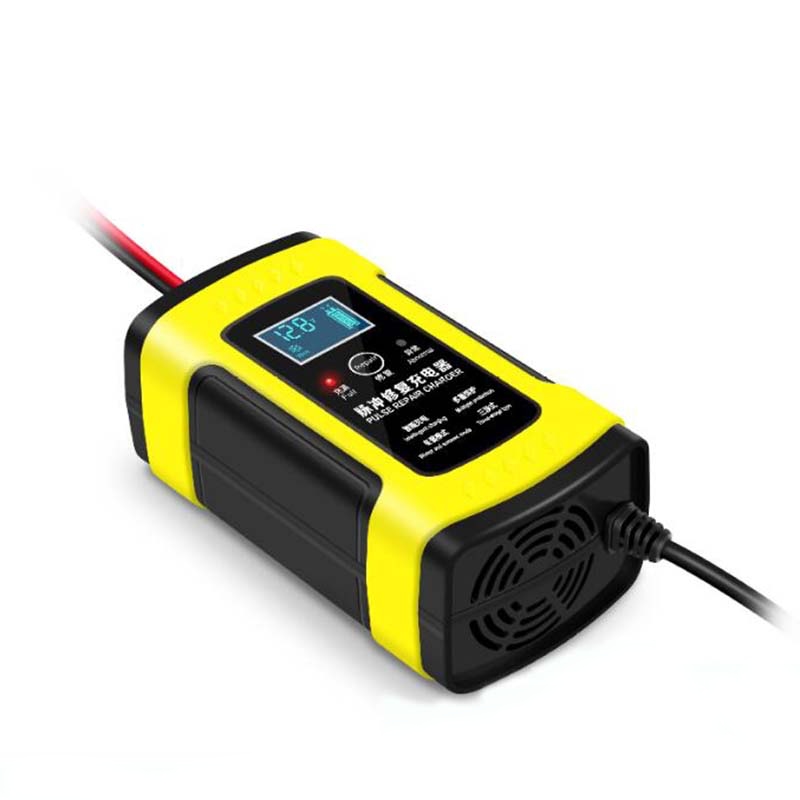The vast majority of cars use lead acid batteries. A lead acid battery can be charged and discharged by the reaction within to convert chemical energy and direct current energy into each other. Unlike a lithium battery, which is more stable, a lead acid battery is comparatively less adaptable to temperature. With winter coming, a hard time is also coming. Compared to warmer temperatures, cold temperatures in winter can affect the chemical reactions inside batteries. The most common result will be a decrease in the capacity of a lead acid battery, which can sometimes make it difficult to start a car. In this blog, we’ll look at several the reasons why lead acid batteries are having problems during the winter months and how a battery charger can help in its use and maintenance.
Generally speaking, in winter, a lead acid battery can be weakened or drained for the following reasons:
Why a Lead Acid Battery can be Weakened or Drained?
1. Lead Acid Battery Problems caused by Daily Habits
Proper use and maintenance of a lead acid battery can help prevent potential battery problems. Car batteries power more than just basic car functions. When the car is not running, all electrical power supplies come from the batteries. Therefore, make sure that all electrical appliances in the car are turned off when you have arrived at your destination and about to leave the car. They can be headlights, phone chargers, USB ports, radios, GPS, and so on. If these devices are left on, they may easily drain the battery. After the engine is turned off, if you still need to use some electric appliances of the car, in order to maintain a proper level of the battery, the time should be limited within 20 minutes.

2. Problems caused by the Electrodes of a Lead Acid Battery
The problems of the electrodes here refer to corrosion or loose wire connections that may happen to the electrodes of a lead acid battery. This kind of corrosion or loosening can increase the resistance of the battery while it is working. It also affects the normal charging process. The followed problem will be that the battery wouldn’t start the engine properly. If certain white powdered substance accumulates on the electrodes of the battery, it means that corrosion to the electrodes has occurred. This type of corrosion can be treated with some baking soda, water, a toothbrush, and a piece of rag. Vaseline can also be used to prevent further corrosion in the future.
In addition to the corrosion, the connection between the wire and the electrodes can sometimes get loose. To solve this problem is simple. You can use a wrench to secure the loose cable and make it tight again.
3. Problems caused by Low Temperature
The optimum performance of a lead acid battery has been limited to a certain temperature range for their structure and working principle. Changes in temperature will inevitably affect the capacity of the battery to some extent. When the temperature rises within a certain range, the discharge depth of the battery will decrease. Its service life can be extended appropriately. But high temperature may cause the overheating of the battery, accelerate the evaporation of the electrolyte, and even cause other serious problems. On the contrary, when the temperature drops to a certain level, the low temperature will slow down the chemical reactions inside the battery and squeeze its performance. This will lead to a decrease in the battery’s capacity.
According to the data from Life Wire, under the temperature of 32ºF, the strength of a lead acid battery may decrease about 35%. At 0ºF, such loss can be 60%.
There are two measures that can be taken to solve the problems encountered in lead acid batteries in winter. The first is to keep the battery warm. Some people choose to use a battery blanket to ensure that the battery temperature does not drop sharply. In addition, the battery can also be protected by parking the vehicle in the garage rather than left outside. The second is to keep the battery charged to keep it from being frozen. According to a test, a fully charged battery freezes at -70ºF, a half-charged battery freezes at 5ºF, and a fully discharged battery freezes at 32ºF.
Therefore, keeping the battery power at a proper level is an effective way to prevent it from freezing in winter. Here’s how to keep your lead acid batteries from running out during the cold days.
Tips to Avoid Lead Acid Battery Failure in Winter
1. Have a status check before winter sets in
A status check of the battery before winter is an important precaution to ensure battery health. Batteries can be checked either by consulting a professional or by simply using a multimeter yourself. The first step will be to measure the resting voltage of the battery. The resting voltage of a normal 12 V lead acid battery should be between 12.2 and 12.6 V. If the measured voltage is under 12.2 V, it means the resting voltage of the battery is weak. It indicates that the battery needs to be either charged by a battery charger or to be replaced.

After the resting voltage has been tested, the next test will be the crank cycle of the battery. Since the test needs to start the vehicle and measure the voltage of the battery at the same time, so two people will be needed. When one person starts the ignition, the other person will test the voltage on the battery. It is normal that the voltage reading will drop quickly when the vehicle starts. But in this process, the value should not fall below 10 V. If the voltage measured is under 10 V, it means that the battery will not have sufficient turnover strength. It also indicates that the battery needs to be recharged or replaced.
After the test of crank cycle, the vehicle will idle. The vehicle will maintain a stable draw from the battery now. When the engine is working properly, the voltage of the battery should be maintained between 14 and 14.5 V. If the voltage measured is under 14 V, it indicates that either the battery is weak and cannot maintain a stable power supply to the car, or the alternator of the car is faulty and cannot provide normal charging for the battery. An alternator provides power to the electrical system of the car when it is running and recharges the battery.
2. Test the Alternator
To check the car’s alternator for any fault, the vehicle should be started firstly. Then, turn on all the electric appliances in the vehicle, including the headlights, internal lighting, air conditioning and other electrical appliances. When they have all been turned on, the voltage load of the battery will be maximized. Now it is the time to test the voltage of the battery by a multimeter. If the voltage is under 13.5 V, it indicates that even though the alternator is struggling to recharge the battery, it is still powerless. There might be a problem in the alternator. In that case, you will need a professional to check the alternator.

3. Check the Electrolyte Level of a Lead Acid Battery
Checking the electrolyte level of a lead acid battery is also important for preventing potential battery problems before winter sets in. To do this, remove the vent caps first. They are where to replenish the electrolyte later. Sometimes a screwdriver will be required. When they are removed, check the level of the electrolyte. A reasonable level of electrolyte should ensure that the battery plates are not exposed or nearly exposed to air. If the electrolyte needs to be replenished, ensure that the electrolyte level meets the bottom of the filler tube.
Attention should be paid in the above operation. Gloves and goggles should be worn to avoid the potential contact with sulfuric acid exists in the battery.
In addition, there are a few reminders that can help keep your lead acid battery healthy in winter. Firstly, to keep the battery strong, the driving time of the car in cold days can be properly extended. Secondly, if possible, park your car in the garage instead of leaving it outside. Then, remember to give enough time for the generator to recharge the battery every time before using the electrical appliances in the car.

In winter, to choose a proper lead acid battery charger can make the use and maintenance of the lead acid battery easier. The benefits can be summarized as the following:
- By connecting the battery to a smart battery charger, you can easily keep the battery charged and ready for use in cold days.
- The lifespan of the battery can be effectively extended simply by the proper maintenance from a battery charger. This will reduce or even avoid the unnecessary expense on a brand new battery.
- It will be more convenient to use a battery charger than a battery blanket.
- A smart and trickle charger with automatic shutdown function can effectively avoid the overcharging of the battery. So, there will be no need to worry about the charging time of the battery any more.
- Besides the basic charging function for the battery, some car battery chargers can also repair and maintain problematic batteries with their pulse repair function.


